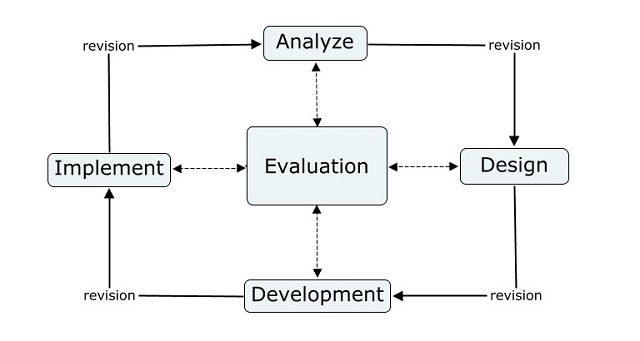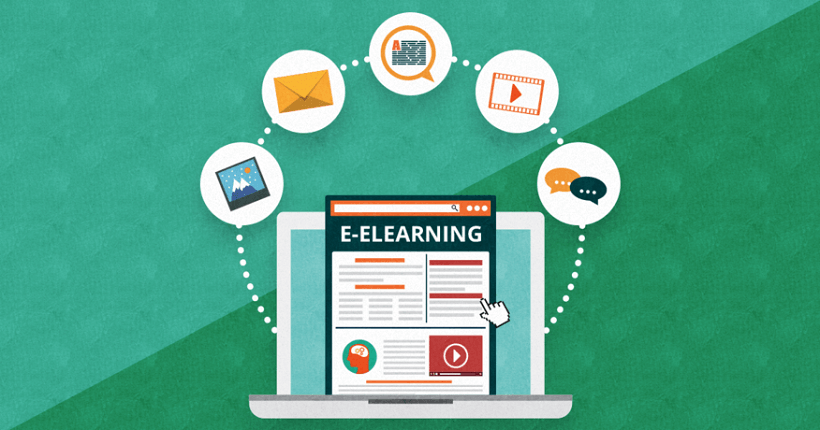The 70:20:10 Methodology For Learning And Development
Competency models and competency management play an important role in the world of Learning and Development. This is often based on the idea that there is a positive relationship between competencies and organizational results. Part 1 of this series of articles is about the value and limitations of a competency model for L&D. These models are intended to describe the ‘what’ of work, which is valuable but also insufficient. The ‘how’ of Learning and Development is also important, and is described in a methodology. Part 2 focuses on the methods used in work, and part 3 on the 70:20:10 methodology.
Working Methodically With 70:20:10
Many occupations use methodologies specifying how they work, their resources they use, the expertise they need, and so on. Examples include doctors, lawyers, engineers, nurses, ICT specialists, and organizational development professionals. The Learning and Development profession can also benefit from such methodologies.
A methodology is a standardized, carefully considered way of acting to achieve a specific result with assistance. Working methodically is to do so in a systematic, goal-oriented, process- and development-based way, and may include various methods:
- Goal-Oriented
The overall goal determines the methodology. For many Learning and Development departments, the goal is to demonstrate the value of learning. Others are seeking primarily to demonstrate business impact, in which case they will use a different methodology. Of course, the goal must be broken down into subgoals that can feasibly be achieved within set deadlines. It is important not to lose sight of the ultimate goal, or to confuse goals and subgoals or ends and means. - Systematic
Working systematically means planning in advance and progressing in a predetermined sequence of steps, rather than in random order. - Standards-Based
Standards are the guidelines that L&D professionals follow, using preset benchmarks to achieve the desired result. They are constantly developed on the basis of practical and theoretical research and professional experience. - Process-Based
A methodology follows a specific sequence and direction, depending on the goal and the systematic approach. It can be expressed as a number of phases. - Method-Based
A methodology comprises a series of methods that differ for each phase of the methodological process. L&D professionals use a variety of methods, such as formulating smart learning goals and combining different didactic techniques to form a method. A method can also exist in its own right rather than being part of a methodology. One common misunderstanding about the methodological approach is that it reduces the L&D professional's autonomy because it requires agreement on phasing, critical tasks, and standards, giving them limited options to act on their own insights. If we are being honest, this is true. For example an airline pilot has to fly to a specific destination, and a surgeon carrying out a standard operation must comply with certain guidelines. The advantage of a methodology is that it guides us to the desired result, and ideally is evidence based. It is a ready-made professional framework that saves time and energy.
Clearly, methodologies must not be followed blindly, but they have the following advantages in Learning and Development:
- Tailor Made Service
Following a targeted and systematic methodology enables L&D professionals to tailor solutions to the context in which they are working. - Continuity And Quality Of Service
A methodology protects the Learning and Development professional and their clients against unnecessary errors and duplication. It reduces the amount of variation, which improves quality, and ensures continuity of service by providing guidance for the rest of the L&D team. - Scientific Research
Using a fixed methodology makes it possible to research the effectiveness of data collection solutions design and implementation, approaches to change, evaluation, and other variables. Scientific research enables the Learning and Development profession to be critically monitored, assessed on its merits, and developed in the long term. - Development Of The Profession
All professions change constantly, to improve and keep pace with the times. Methodologies are not set in stone, and continue to be developed as a result of new theories, practical experience, and the interaction between the two. They make it possible continuously to monitor the effectiveness of standardized ways of working, and contribute to the sustainable development of the L&D profession’s body of knowledge.
Examples Of Learning And Development Methodologies
There are clearly many different types of methodology. These include the various instructional design models based on the work of Robert Gagné and numerous others. One less scientific but well known ISD model is ADDIE, which stands for Analysis, Design, Development, Implementation, and Evaluation.

Source: Wikipedia
One recent variant is Learning Experience Design (Gutiérrez, 2017). This is the process of creating learning experiences that enable the learner to achieve the desired result in a people- and goal-oriented manner (Global LX Community, 2017).
The aim of the ISD models is to develop learning solutions, so the methodology emphasizes collecting data and using resources to design and implement formal and informal learning. This often involves evaluation to improve the solutions and demonstrate the value of learning in organizations. Unfortunately, this is not always successful. Evaluation is one of the weakest links in most ISD models, and the quality of the methodology often varies significantly, from Gagné’s more scientific approach to ADDIE's general problem-solving model.
One exception is the scientifically based methodology of the 4C-ID model (Merriënboer and Kirschner, 2012). This comprises ten steps to learning and training solutions design, and takes account of the increasing difficulty of task learning, the supporting information required to carry out the task, just-in-time procedural information, and practicing routines as subtasks.
Another more overarching methodology is human performance improvement (or technology), which is essentially a problem-solving strategy. Its strength lies in its system-level analysis, in which quantified performance is associated with factors or causes that influence the performance of people in the organization. The analysis often finds that formal learning intervention is not the only solution, or even the solution at all. The model is less strong in the architecture and implementation of a mix of formal or informal learning or organizational solutions. This is clear from our many years' experience of HPT at Tulser.
When it comes to evaluation, every L&D professional immediately thinks of Donald Kirkpatrick and Jack Philips. Kirkpatrick uses a four-level evaluation for formal learning solutions that demonstrate business impact at the highest level.
Philips goes one step further with level 5, Return On Investment, showing the value of professional learning in a qualitative and quantitative manner.
Methods
Apart from methodologies, there are countless methods in use, sometimes as part of a methodology and sometimes in their own right. One example is data gathering, which may use a classification method such as Geary Rummler’s nine-field model, making it possible to collect data that fits the HPI methodology. This model is to be used only to support managers in looking at their own organizations at the system level.
Literature:
- Global LX Design Community (2017). Fundamentals of learning experience design. (Accessed 26 May 2017)
- Guttierrez, K. (2017). Learning experience design: an overview and 11 of the best resources. (Accessed 25 May 2017)
- Kirkpatrick, D.L and Kirkpatrick, D.J. (2017). Implementing the four levels. San Francisco: Berrett-Koehler.
- Phillips, J.J. and Phillips, P. (2007). Show me the money. How to determine ROI in people, projects and programs. San Francisco: Berrett-Koehler Publishers Inc.
- Merrienboer, J.J.G., and Kirschner, P.A. (2012). Ten steps to complex learning. A systematic approach to four-component instructional design. Abingdon: Taylor & Francis Ltd.
- Rummler, G. & Brache, A. (2006). Improving performance. How to manage the white space on the organization chart. San Francisco: Jossey-Bass.
- Tiem, D.M., Mosseley, J.L., and Dessinger, J.C. (2012). Fundamentals of performance improvement: Optimizing results through people, processes and organization.







